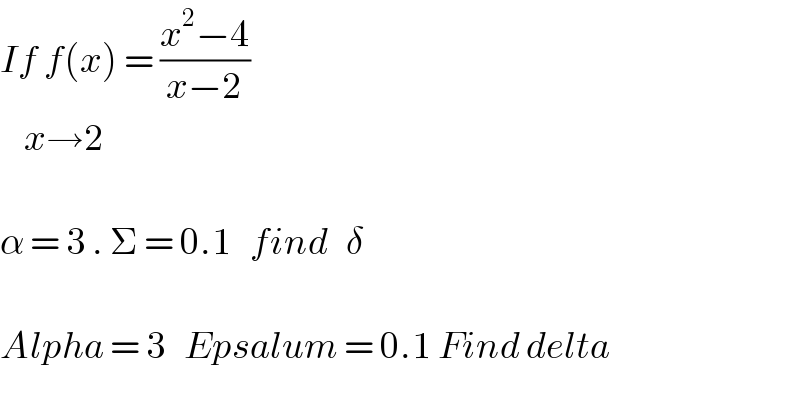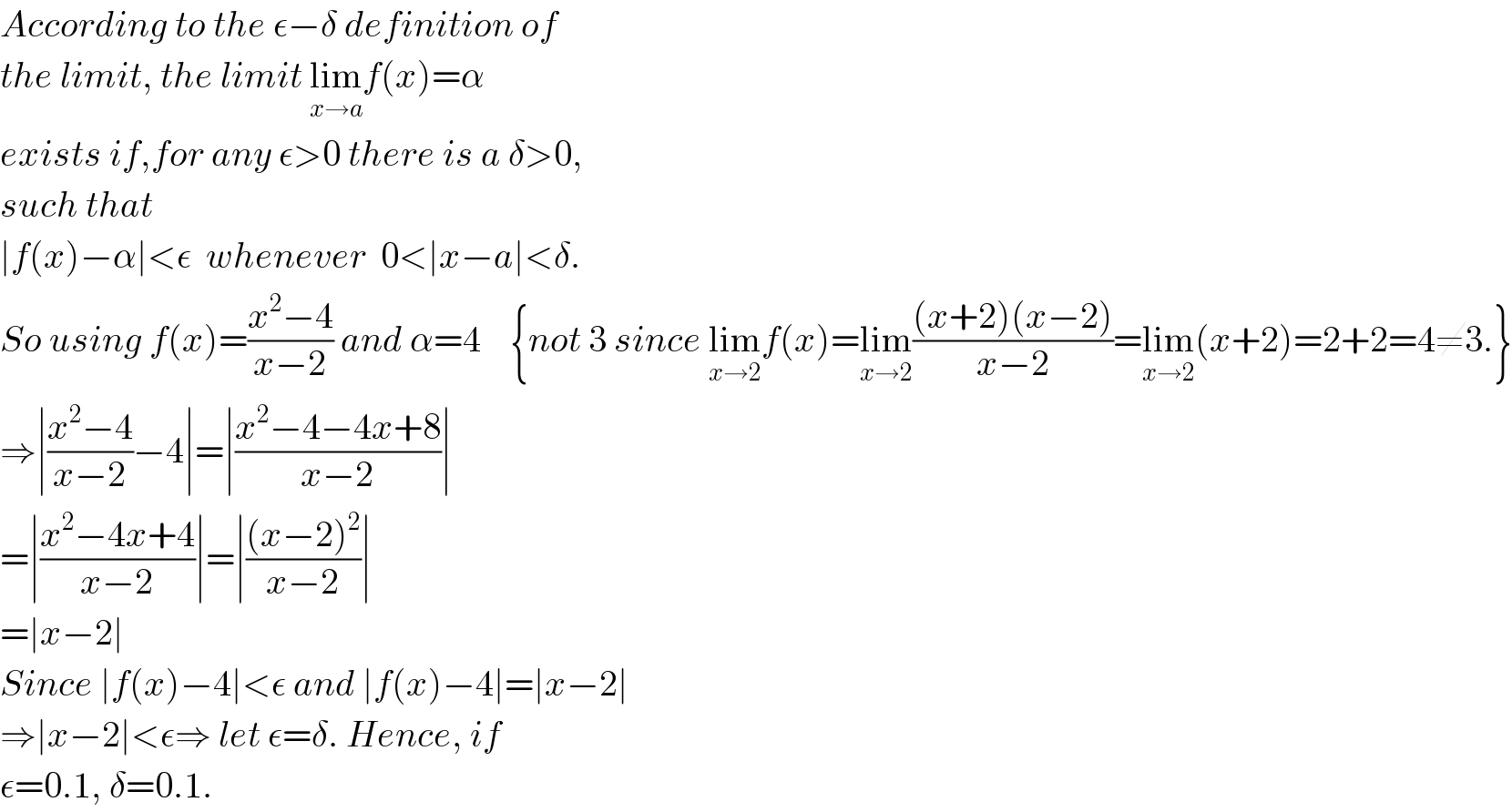
Question and Answers Forum
Previous in Relation and Functions Next in Relation and Functions
Question Number 5232 by sanusihammed last updated on 02/May/16

Commented by FilupSmith last updated on 02/May/16

Answered by Yozzii last updated on 02/May/16

